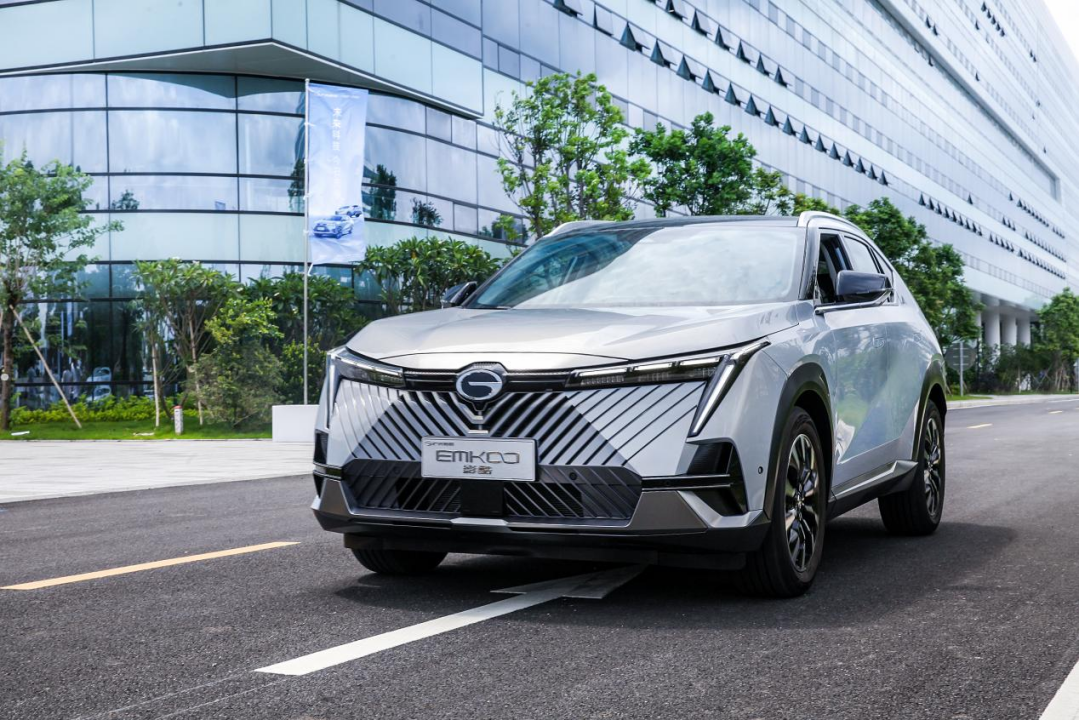In April of this year, GAC Group’s passenger car brand GAC Motor released the first hybrid brand with dual technology routes in China, the “JULANG Hybrid,” and accelerated the full hybridization of GAC Motor’s models. From June 22nd to 26th, as the first SUV equipped with GMC 2.0 of JULANG Hybrid, the “Yingku” completed a one-tank challenge by running the longest distance of 1,711 km, and went through three provinces and eight cities.
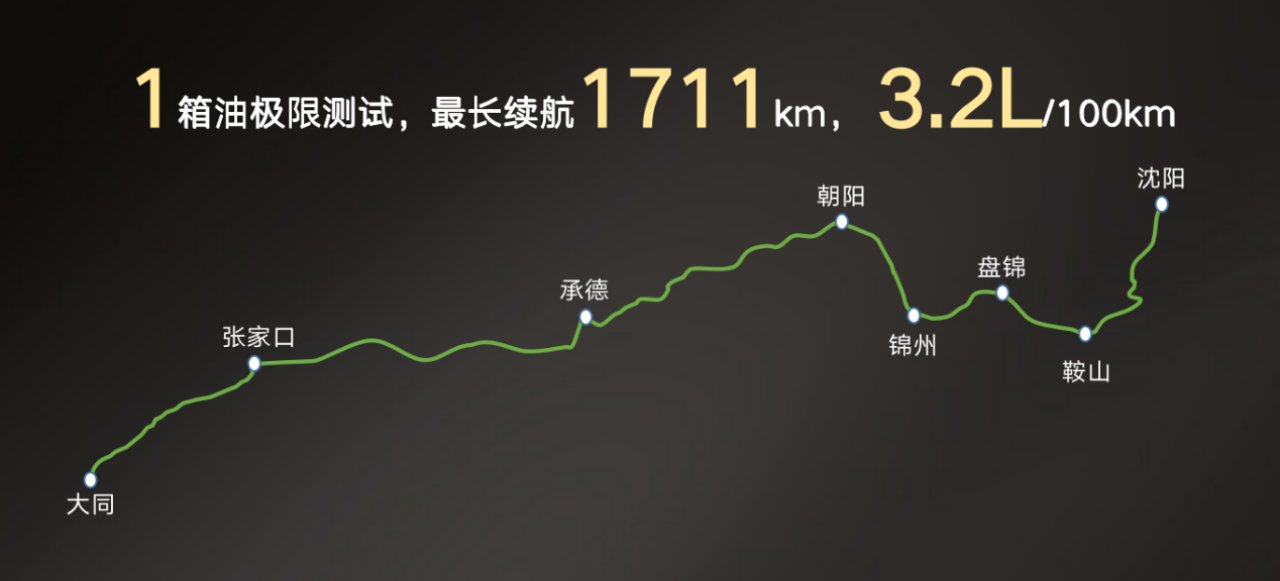
On June 30th, as the first model to realize the brand-new ADiGO intelligent driving and connected ecosystem, the GAC Motor “Yingku” is equipped with two systems: “ADiGO SPACE” and “ADiGO PILOT.”
“ADiGO PILOT” achieves L2 level smart driving assistance. It includes 8 safety driving assistance functions such as forward collision warning (FCW), active braking assist (AEB), lane departure warning (LDW), lane keeping assist (LKA), as well as 6 intelligent driving assistance functions such as adaptive cruise control (ACC), intelligent speed control cruise (iACC), traffic congestion assistance (TJA), and integrated cruise system (ICA).
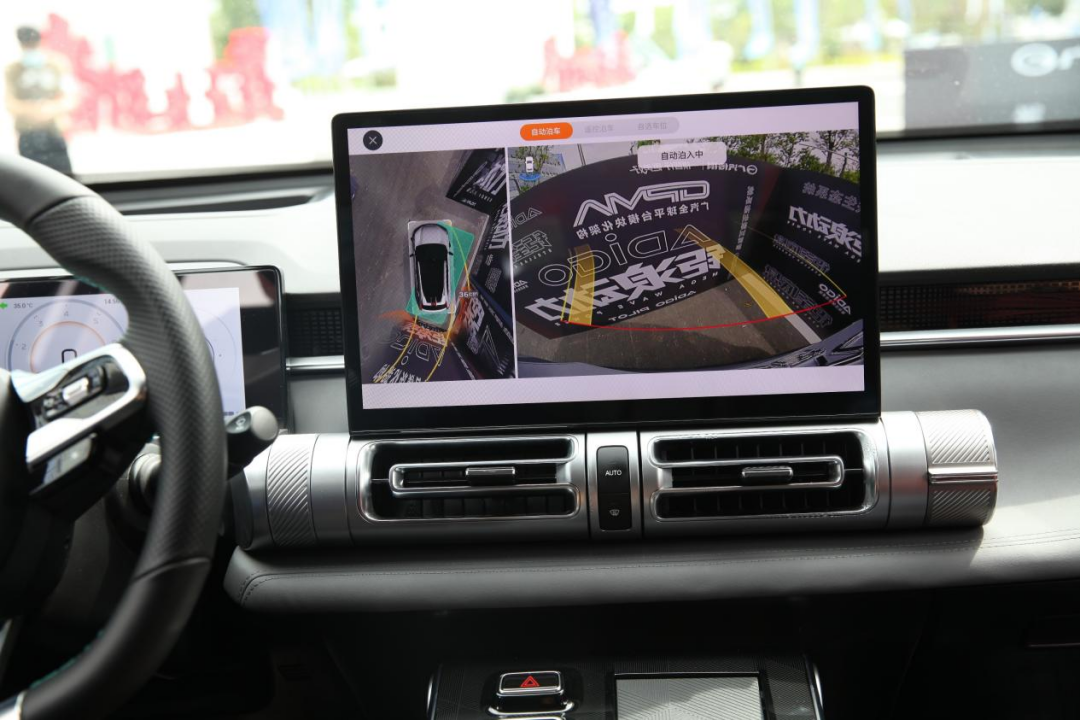
In addition, “ADiGO PILOT” has also put a lot of effort into parking scenarios. Facing the parking spaces set by the official at the experience meeting, it can easily park, even in parking spaces with narrower double sides or single sides near the wall, it can complete the task successfully.
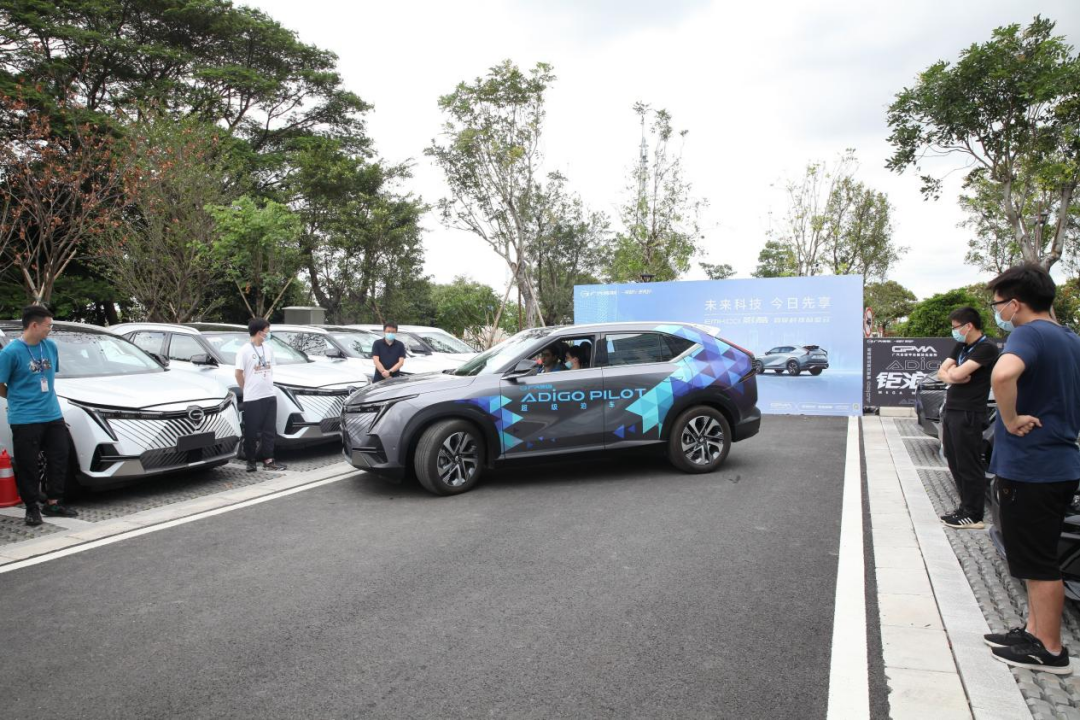
It is worth noting that the “Yingku” also has the ability to remember and park from a distance of up to 1,000 meters, and the vehicle can autonomously park in the parking lot when the owner gets off the vehicle at the entrance of the parking lot. When the owner takes the vehicle back, they only need to remotely summon the vehicle and it will automatically drive to the owner’s side. During the memory parking process, “Yingku” can also avoid obstacles on its own. However, we did not see the actual demonstration of this function.
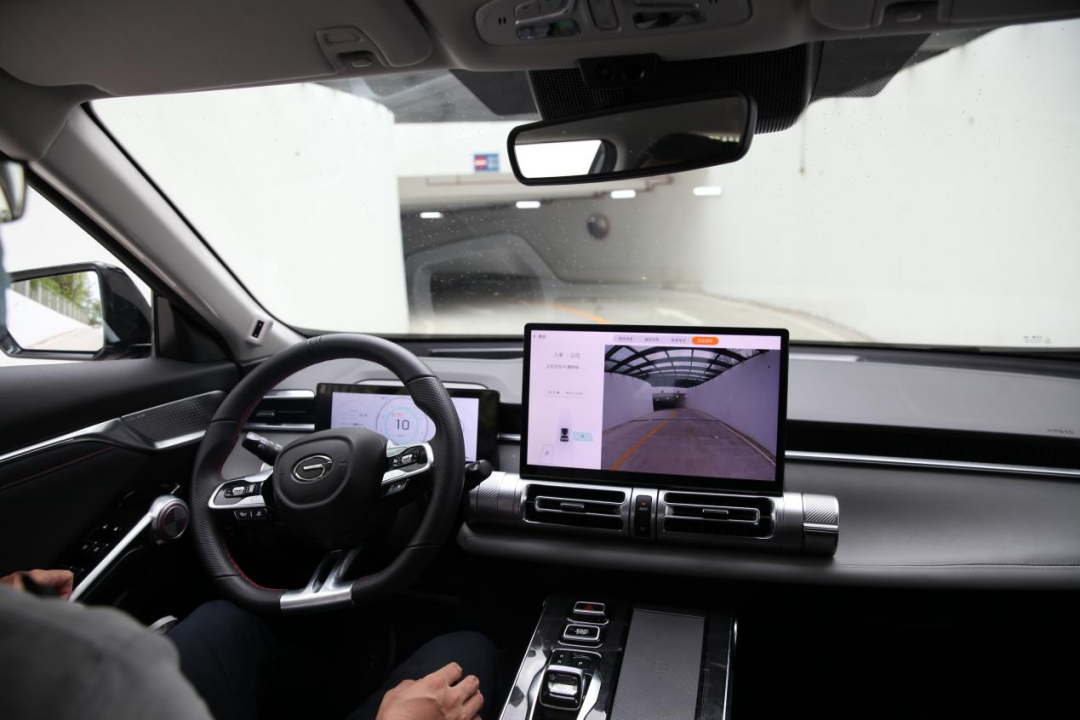
“ADiGO SPACE” is the intelligent cockpit system of the “Yingku,” which is equipped with a 14.6-inch large screen and Qualcomm Snapdragon 8155 chipset, integrating common services such as map navigation and voice assistant.
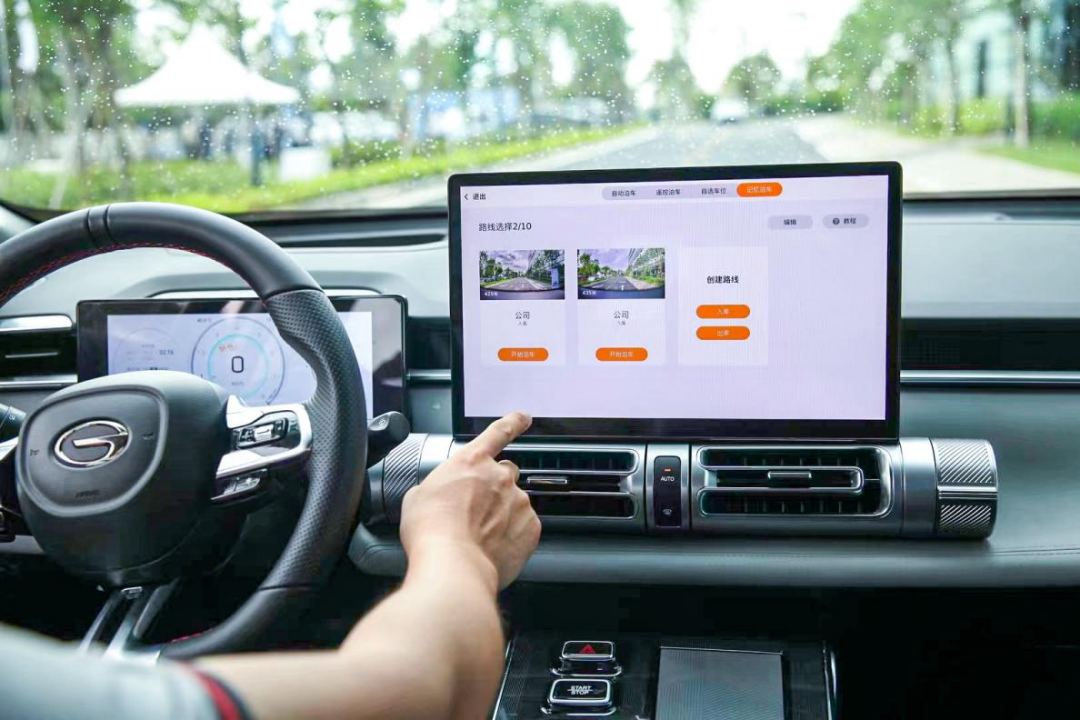 Meanwhile, YK ZuoCang also prepared gesture control for users, including changing songs, switching maps, adding songs to favorite list and taking photos by gestures. Compared with these functions, I prefer the independent headrest speakers which can produce sound separately and will not interrupt the speakers in the whole car. Even when the music in the car is very loud, it is still easy to hear the navigation and to make or receive phone calls. Passengers in the car are not affected, which ensures good privacy.
Meanwhile, YK ZuoCang also prepared gesture control for users, including changing songs, switching maps, adding songs to favorite list and taking photos by gestures. Compared with these functions, I prefer the independent headrest speakers which can produce sound separately and will not interrupt the speakers in the whole car. Even when the music in the car is very loud, it is still easy to hear the navigation and to make or receive phone calls. Passengers in the car are not affected, which ensures good privacy.
This article is a translation by ChatGPT of a Chinese report from 42HOW. If you have any questions about it, please email bd@42how.com.
